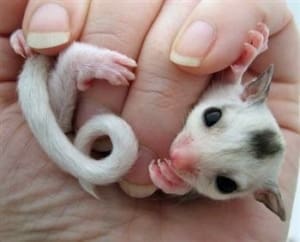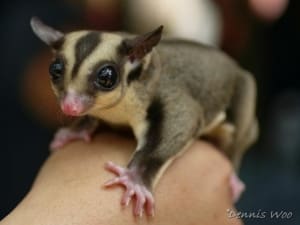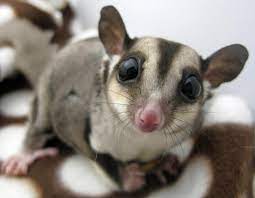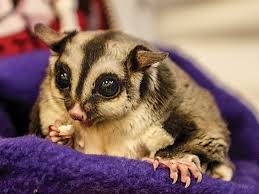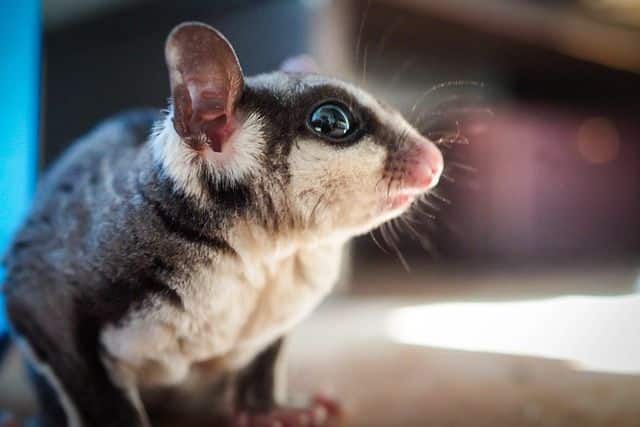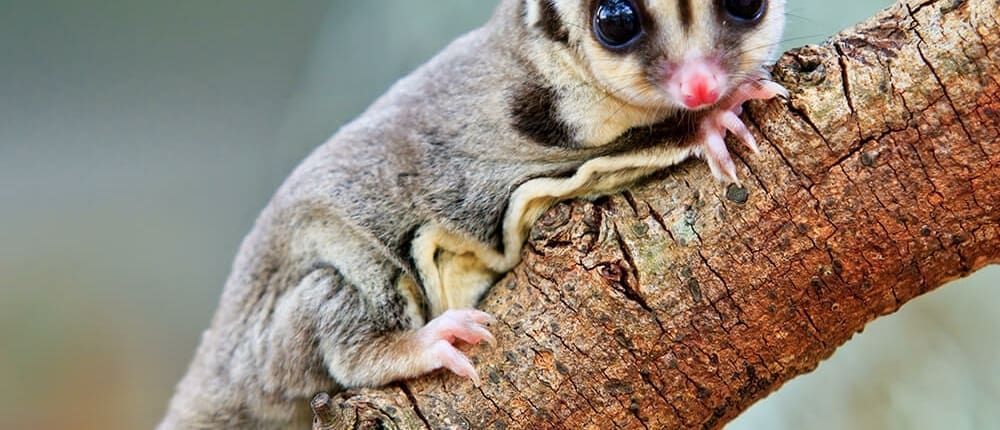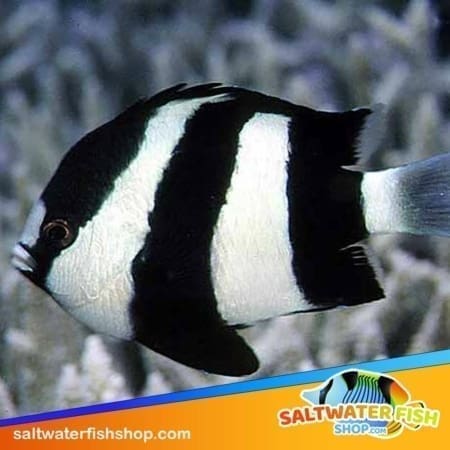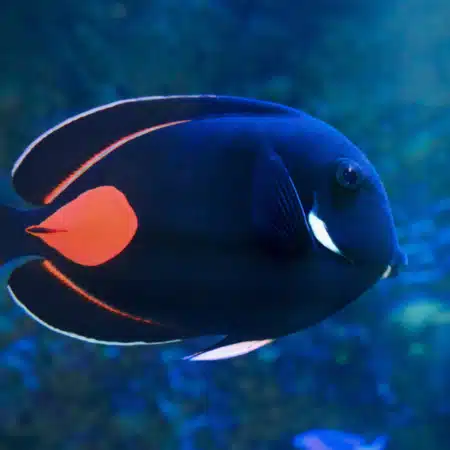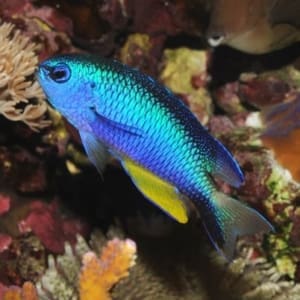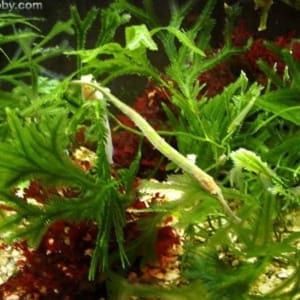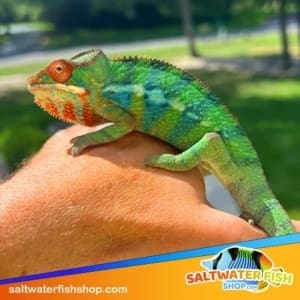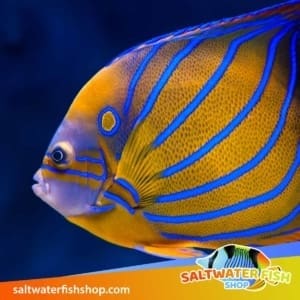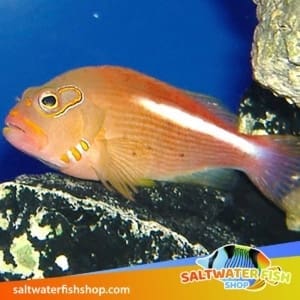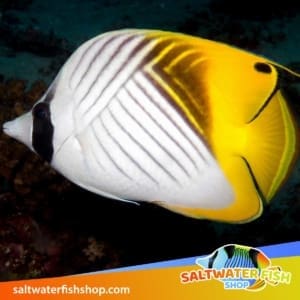Sugar Gliders Feeding
In average, 75 percent of a sugar glider’s diet should include fruits and vegetables, with the remaining 25% being protein. They prefer sweet fruits and vegetables, as previously stated. They also enjoy sweets that are included in their diet! Here are some examples of fruits, vegetables, proteins, and snacks that your sugar glider should eat:
Fruits and Veggies: Apples, apricots, avocados, bananas, berries, cantaloupe, carrots, cherries, sweet corn, dates, figs, grapes, grapefruit, honeydew, mangoes, oranges, papaya, peaches (*NOT the pits – toxic! ), pears, pineapples, sweet potatoes, plums, and raisins
Proteins: Meats (small chunks of cooked lean turkey, chicken, etc. with no extra spices or sauces), hard boiled eggs, yogurt, etc. are all good sources of protein.
Treats: Live insects (crickets, mealworms, earthworms, etc.) & raw and unsalted almonds (rich in fat and should only be given as treats, not as a primary component of the diet; **don’t feed insects you catch from outside – they may be polluted with pesticides)
Sugar gliders are finicky eaters, so they may not obtain all of the nutrients they require. As a result, it is suggested that supplements, such as a multivitamin for reptiles or a calcium supplement with D3 to their diet
Fresh water should always be provided to your sugar glider, but they acquire the majority of their water from their meal, so don’t be afraid if they aren’t drinking much.
Sugar glider owners feed their pets once a day at dusk, while others feed them twice a day, in the morning and evening. This is entirely dependent on the preferences of your sugar glider. If they seem hungry again in the morning, try feeding them a small bit of food first thing in the morning and then more in the evening.
!Raw sugar, sugar substitutes, candy, or chocolate should never be fed to sugar gliders!
Sugar Glider Care Sheet
Before purchasing your very own sugar glider for sale, be sure to read Salt Water Fish Shop’s sugar glider care sheet to ensure proper care and proper sugar glider care for your new pet sugar glider. Below you will find detailed information on sugar glider care provided by our biologist including the following:
- Sugar glider Care
- Sugar glider care Sheet
- Sugar glider origin
- how to care for sugar glider
- Sugar glider size
- Sugar glider habitat
- Sugar glider breeding
- sugar glider feeding
- captive bred Sugar glider for sale
- types of sugar glider
- Sugar glider lifespan
- Sugar glider diet
- Sugar glider morphs for sale
- Sugar glider
- baby Sugar glider
- baby sugar glider for sale
- sugar glider pet
- sugar glider price
- where to buy a sugar glider
- white sugar glider
- sugar glider monkey
- sugar glider temperament
- sugar glider behavior
- sugar glider cage
- sugar glider for sale online
- sugar glider shipped
The sugar glider is a unique animal that many people don‘t even know exists. Over the past 15 years, they have been domesticated, and they now make great pets! If you are interested in bringing one into your home, here‘s everything you need to know.
These nocturnal mammals are native to places like Australia and Indonesia, not rodents as many are mistakenly led to believe. They are marsupials, which means that they raise their young in pouches on their mothers’ bellies. They are nocturnal, which means they are active during the night.
Sugar gliders are named for their love of sweet, sugary foods (especially fruits and vegetables) and that they have a thin membrane that runs from their wrists to their ankles that allows them to jump and glide through the air. They glide from tree to tree in the wild.
Scientific Name: Petaurus breviceps
Sugar Glider Size
The body of a sugar glider is five to six inches long, with the tail adding another six inches (which acts as a rudder while they glide). They’re only about four to five and a half ounces in weight.
Sugar Glider Origin
Sugar gliders are found in eastern Australia, Papua New Guinea, Tasmania, the surrounding islands, and parts of Indonesia. They can be observed gliding from tree to tree in the rainforests, and they live in tree hollows. They rarely ever come into contact with the ground.
Sugar-Glider Habitat
The cage for a sugar glider should be as big as possible, and the taller the better. They require a large amount of space to climb. The recommended size for one sugar glider is 20′′ x 20′′ x 30′′. Wire mesh or metal bars should be used in the cage, and they should be close enough together that your small glider cannot fit through. Their habitat should also be located in a quiet region during the day so that they can sleep.Avoid direct sunlight, but leave enough light in the room to tell the difference between night and day. The temperature in the room should be between 15 and 30 degrees Celsius.
Sugar gliders prefer to feed from high up, therefore food bowls that attach to the cage’s side are ideal. They also require a nesting location where they can sleep throughout the day. A cloth pouch, a wooden birdhouse, and a plastic hamster are all examples of this. To absorb urine and droppings, there should be bedding at the bottom of the cage. You can use wood shavings or shredded paper as a substitute for professional bedding. In case it is ingested, anything you use should be non-toxic.
Sugar gliders enjoy toys, so supply as many as you can, including bird toys, chew toys, ladders, bells, exercise wheels, tunnels, and balls. You have the option toadd some branches to the cage so they have more to climb on, but be sure they are made from non-toxic wood and that they are replaced regularly as they become soiled.
Sugar Glider Temperament
Sugar gliders are incredibly gregarious creatures who require constant company. This helps them bond with their owners (particularly if a bonding pouch is used), but even if you can give your glider a lot of care and devote the necessary time, maintaining just one glider is not optimal. Sugar gliders have their own language and can live in groups of up to 30 in the wild. When you keep a glider alone, it can cause behavioral, mental, emotional, and even medical issues for your pet. Consider maintaining more than one glider in a flight cage, if not several of them. Humans are unable to provide the same level of companionship and sociability that other sugar gliders can. The vocalizations, grooming, and bonding that they provide for each other are irreplaceable by a human.
Sugar Gliders Breeding
During the pregnancy and birth, the entire group might be left together. If the mother appears disinterested after giving birth, you may need to step in and feed and raise the child yourself until the baby is stable.
An overview of the birthing process
Most female gliders begin reproducing at 8–12 months, whereas male gliders begin breeding around 12–15 months. Mothers often have one to two babies (joeys) at a time. Sugar gliders are very easily bred in captivity, the gestation period is as follows:
GESTATION: 15 -17 DAYS
IN-POUCH: 70 – 74 DAYS
WEANING: 110 – 120 DAYS
The baby glider(s) crawl to the mother’s pouch after the gestation stage and latch themselves to a nipple. This is where the baby will stay for the following 10-12 weeks, until they emerge from the pouch at the age of 4 months, a process known as Out Of Pouch (OOP). They are ready to be weaned onto a solid diet at this point.
Sugar Gliders will mate all year if they have enough protein to eat. If weanlings are removed after they are independent, they normally have two kids at a time, or 4 to 6 babies per year.
Although the male may stay with the female throughout the birthing process, it is recommended to let the mother alone during this time. They are 75 percent independent, independent, and capable when they are out of the pouch, covered with fur, have their eyes open, and have been consuming solid food for 3-4 weeks. They can be carefully handled for brief amounts of time at this phase. Just make sure they get lots of fruit and protein, and that they are handled carefully. Make sure you don’t take them out of the pouch before this time because they can’t reattach themselves to the nipple once they’ve been removed. If they are to be kept as pets after weaning, they should be softly handled frequently and gently.
How do I feel the New Borns?
Until they are roughly 3 months old, newborns should be eating semi-solid foods like low-fat fruit yogurts and baby foods before gradually transitioning to solid foods. Suggestions can be found in our Sugar Glider Food section.
When Should I Separate them from the parents?
The optimal time is usually between 2.5 and 3 months of age. The offspring and parents are also affected by the change in colony size, so they may be anxious for a few days after the break-up. Female babies are usually hostile toward them after they reach the age of three months, whereas male babies are frequently disregarded.
A Sugar Glider Lifespan
Sugar gliders live about 10 to 15 years in captivity so they are long-term pets
Sugar Glider For Sale
Saltwaterfishshop.com has a real Marine Biologist on-site! SWFS ships via UPS or FedEx year-round, in all weather using heated and insulated shipping containers! Not only do we offer the widest variety of healthy marine fish for sale, but we also offer the healthiest sugar gliders for sale! Shop with confidence that any saltwater fish for sale comes with our Live Arrival Guarantee!
- Display 9 Products per page



